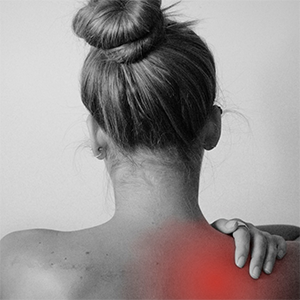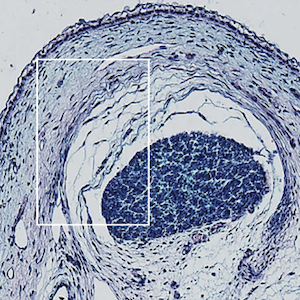Can different degrees of resistance training improve mood states in patients with fibromyalgia? A randomized controlled trial

All claims expressed in this article are solely those of the authors and do not necessarily represent those of their affiliated organizations, or those of the publisher, the editors and the reviewers. Any product that may be evaluated in this article or claim that may be made by its manufacturer is not guaranteed or endorsed by the publisher.
Accepted: 13 November 2022
Authors
The purpose of this study was to look at the effects of low and high intensity resistance training (RT) on the mood states of fibromyalgia patients (FM). A total of 69 women participated in the study, with 31 healthy women serving as control group (HC), and 28 women diagnosed with FM being randomly assigned to one of two RT groups: low intensity or high intensity. Ten women diagnosed with FM formed a group of preferred intensity (PI). FM patients were subjected to 8 weeks of supervised RT with low, high, or PI doses. The exercise protocol was the same for both groups, with large muscle group exercises. Each intervention group performed a specific number of repetitions and rest periods based on the intensity. Training sessions took place twice a week. The HC received no type of intervention. The Brunel mood scale was used to assess mood states. When the mood profiles of patients with FM and healthy women were compared, patients with FM showed a worse mood profile. Low and high intensity RT for eight weeks did not improve the mood profile of FM patients. Anger showed a significant difference between LIRT and HIRT groups in the follow-up period (p=0.01); similarly significant differences between HIRT and HC were seen at baseline and at the 4 week evaluation in vigor (p=0.01 and p=0.001) and fatigue (p=0.01 and p=0.03). FM patients have a worse mood profile than healthy women, and eight weeks of low and high intensity RT did not result in significant improvements.
Supporting Agencies
Foundation for research and innovation support of the state of Santa Catarina (FAPESC)How to Cite

This work is licensed under a Creative Commons Attribution-NonCommercial 4.0 International License.











